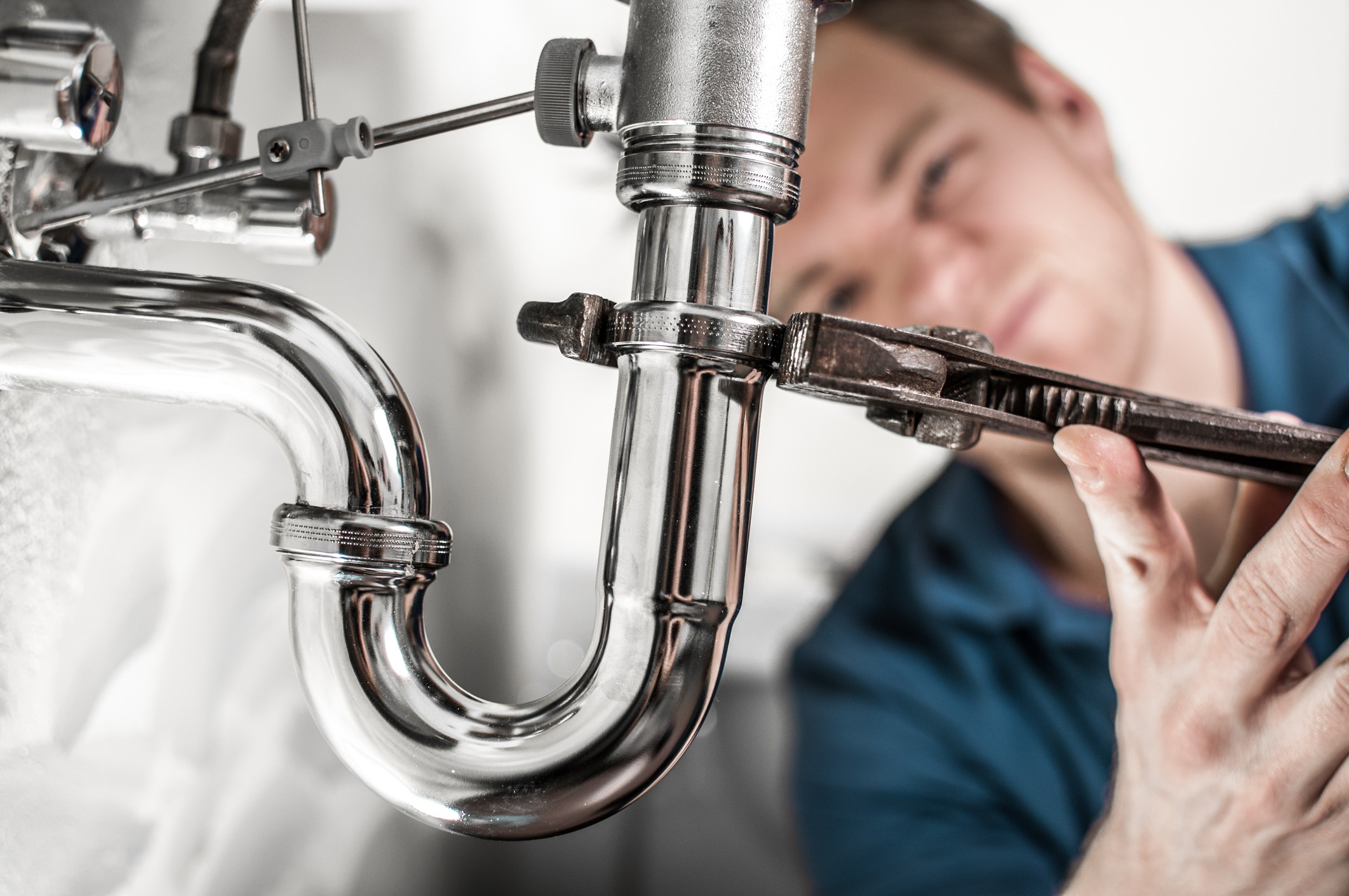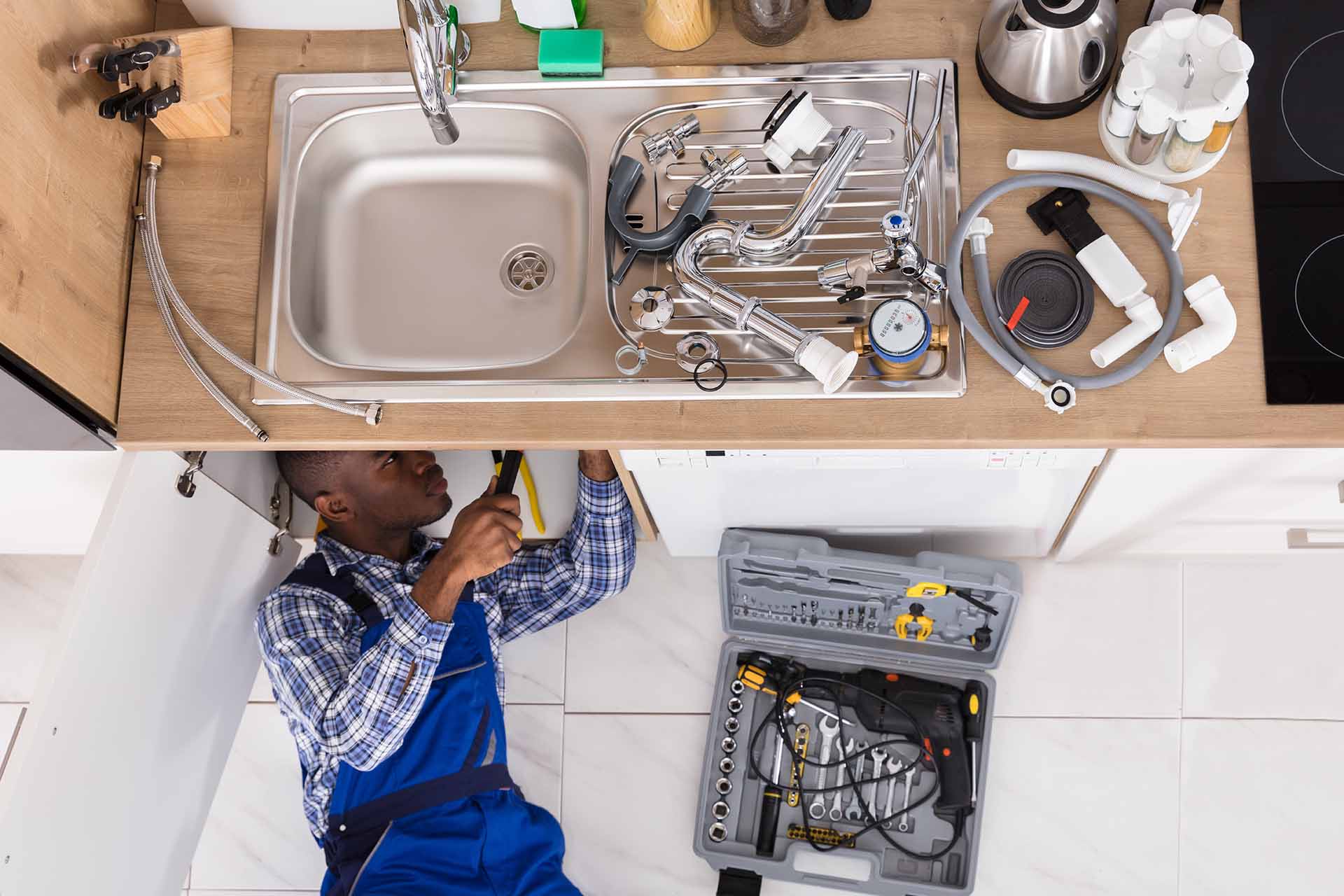Fast and Efficient Drain Cleaning Alabaster AL Services Available
A Detailed Guide to Effective Water Heater Installation for Optimum Efficiency
Beginning on the job of setting up a water heating system is an endeavor that requires precision and an organized technique for attaining optimal efficiency. As you proceed, the details of attaching water supply lines and establishing up reliable electric or gas links await, appealing understandings right into ensuring performance and integrity.
Choosing the Right Hot Water Heater

Following, consider the dimension and ability of the water heating system. It's essential to examine your household's warm water needs, which can vary based on the number of owners and their usage patterns. A device that's too little might result in not enough warm water, while an oversized design could result in unnecessary power consumption.
Efficiency scores likewise play a crucial role in choice. Try to find water heating systems with high Energy Factor (EF) scores, showing superior efficiency and decreased power use. Tankless models, though normally much more costly ahead of time, offer substantial power savings gradually due to their on-demand heating capacities.
Preparing the Installment Location
Prior to setting up a new water heater, precise prep work of the setup area is essential. It's crucial to measure the space meticulously to suit the water heating unit's dimensions, ensuring adequate clearance around the system for reliable operation and maintenance.
Next, get rid of any kind of particles, dirt, or blockages from the website to develop a tidy atmosphere. Examine the floor for security, as the water heating unit will certainly require a solid, level surface area to operate properly. If essential, install a drip pan below the device to capture possible leaks or spills, avoiding water damage to the surrounding area. In regions vulnerable to seismic task, take into consideration installing seismic straps to protect the heating unit strongly in position.
In addition, make sure that all needed devices and products get on hand prior to beginning the installment. This consists of things such as wrenches, screwdrivers, a degree, and any kind of added equipment required for installing and safeguarding the heating system. A well-prepared installment location establishes the structure for an effective water heating unit configuration, enhancing efficiency and security.
Connecting Water System Lines
When linking water system lines to your recently installed hot water heater, it is essential to ensure that all connections are leak-free and secure to maintain reliable procedure and avoid water damage. Begin by determining the cold and warm water supply lines. The cool water inlet is typically marked with a blue tag or a "C", while the hot water outlet is marked with a red label or an "H".
Usage flexible water heating system adapters to assist in an easier installation procedure. Before attaching the adapters, position a plumbing's tape around the threaded ends of the water heating system's inlet and outlet pipes.
When links remain in place, gradually activate the main water system shutoff. Check each link for leaks by aesthetically really feeling and checking for dampness. Tighten up links as necessary, and ensure the pressure safety valve is correctly installed, protecting against excessive stress build-up.
Establishing Electrical or Gas Connections
Appropriately establishing the electrical or gas connections for your hot water heater is a critical action to make sure reliable and secure procedure. advice For electrical hot water heater, start by confirming that the electric circuit works with the heating system's voltage and amperage requirements. Guarantee the power supply is shut off at the breaker to avoid crashes. Attach the electric wires to the heater adhering to the supplier's electrical wiring representation. Normally, this includes connecting the ground cord to the environment-friendly terminal, and the staying cables to their matching terminals, securing each with wire nuts.
For gas water heaters, safety and security is extremely important. Verify that the gas supply is off before continuing. Connect the gas line to the water heating system using an adaptable gas connector, guaranteeing it is properly threaded and sealed with pipeline joint compound or Teflon tape appropriate for gas connections. Tighten the links with a wrench, taking care not to over-tighten (Plumbing Alabaster AL).
When links are made, inspect for any type of possible leakages. For gas lines, use a soapy water option to the joints; bubbles show a leak. For electrical connections, verify that all circuitry is protected and appropriately shielded, maintaining compliance with regional electric codes.
Testing and Changing for Efficiency
With the electrical and gas links firmly in place, the next action is examining the functional efficiency of your water heating system. Begin by very carefully activating the supply of water and ensuring there are no leaks at any one of the valves or Check This Out joints. When verified, proceed to load the storage tank, focusing on the pressure and temperature setups. It is advisable to set the thermostat to a recommended temperature level of around 120 ° F(49 ° C) to stabilize power effectiveness and comfort.
Next, perform a complete assessment to guarantee the burner or gas heaters are working correctly. For electrical heating units, utilize a multimeter to validate if the components are drawing the appropriate existing. In gas designs, observe the burner flame; it needs to be blue and consistent, indicating reliable burning.
Change the settings as necessary to remove inadequacies. Take into consideration applying insulation procedures, such as adding a water heater covering, to additionally enhance efficiency by lessening heat loss. In addition, inspect the anode rod's problem, as a deteriorated pole can minimize effectiveness and bring about storage tank corrosion.
Verdict
Efficient water heating unit setup is vital for making certain optimum performance and energy savings. Securely connecting water supply lines and thoroughly setting up electrical or gas connections minimize potential issues.

Properly setting up the electrical or gas connections for your water heating unit is a crucial step to ensure effective and risk-free procedure. For electrical water heating systems, start by validating that the electrical circuit is suitable with the heater's voltage and amperage needs. Link the gas line to the water heating system utilizing an adaptable gas connector, guaranteeing it is effectively threaded and secured with pipeline joint substance or Teflon tape ideal for gas links.